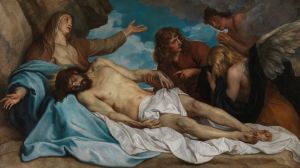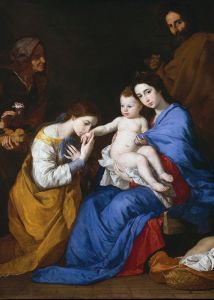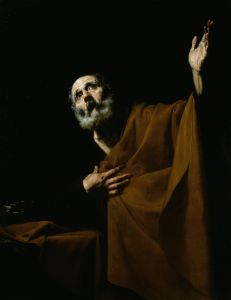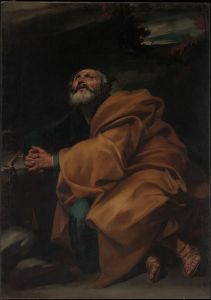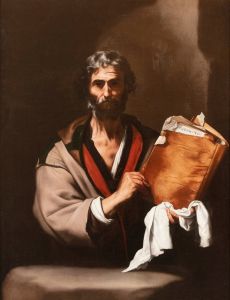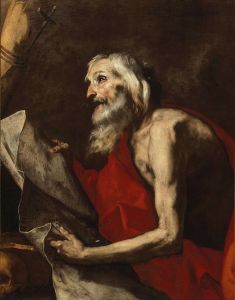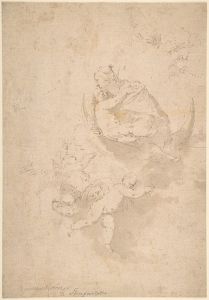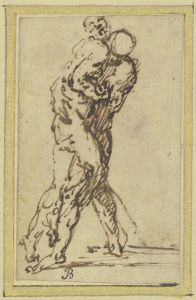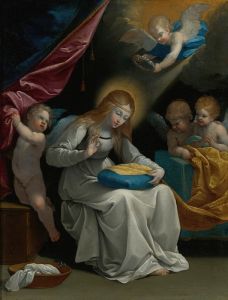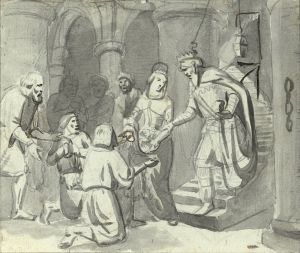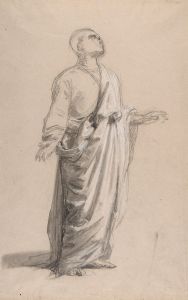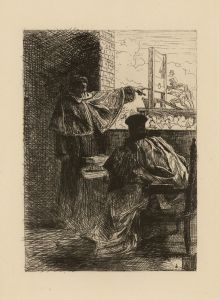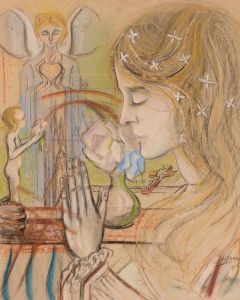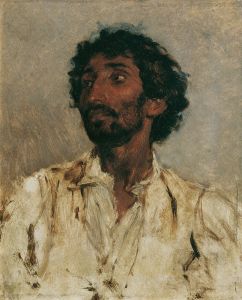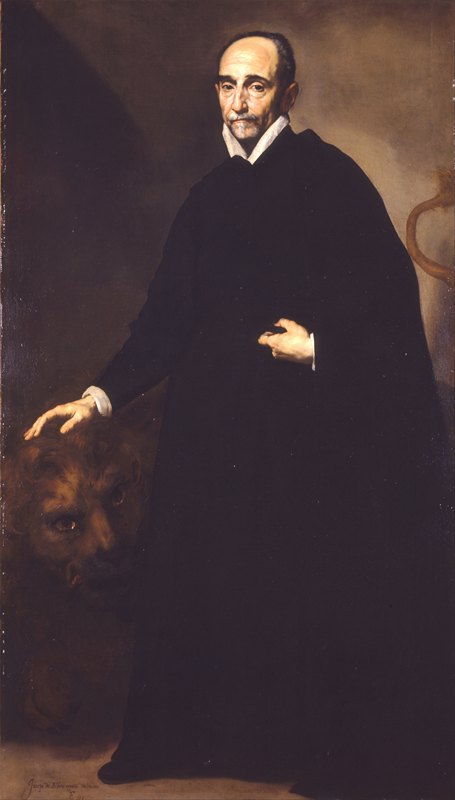
Portrait of a Jesuit Missionary
A hand-painted replica of Jusepe de Ribera’s masterpiece Portrait of a Jesuit Missionary, meticulously crafted by professional artists to capture the true essence of the original. Each piece is created with museum-quality canvas and rare mineral pigments, carefully painted by experienced artists with delicate brushstrokes and rich, layered colors to perfectly recreate the texture of the original artwork. Unlike machine-printed reproductions, this hand-painted version brings the painting to life, infused with the artist’s emotions and skill in every stroke. Whether for personal collection or home decoration, it instantly elevates the artistic atmosphere of any space.
Jusepe de Ribera, a prominent Spanish painter of the Baroque period, is known for his dramatic use of chiaroscuro and his realistic portrayal of human figures. One of his notable works is the "Portrait of a Jesuit Missionary." While specific details about this particular painting are scarce, Ribera's oeuvre provides context for understanding his style and thematic focus.
Ribera was born in 1591 in Xàtiva, Spain, and spent most of his career in Italy, particularly in Naples, which was then part of the Spanish Empire. His work is characterized by a strong influence from Caravaggio, evident in his use of dramatic lighting and realistic detail. Ribera's paintings often depict religious themes, with a focus on the human condition, suffering, and spirituality.
The "Portrait of a Jesuit Missionary" likely reflects Ribera's interest in religious subjects and his ability to capture the psychological depth of his sitters. The Jesuits, a Catholic religious order founded in the 16th century, were known for their missionary work and played a significant role in the Counter-Reformation. Portraits of Jesuit missionaries would have been significant during Ribera's time, as they represented the Catholic Church's efforts to spread Christianity and counter Protestant influence.
Ribera's portraits are renowned for their intense realism and emotional depth. He had a remarkable ability to convey the inner life of his subjects through meticulous attention to facial expressions and physical details. This skill would have been particularly important in a portrait of a Jesuit missionary, as it would aim to capture not only the likeness but also the spiritual dedication and resolve of the individual.
The painting would likely feature the missionary in traditional Jesuit attire, which typically included a simple black cassock. Ribera's use of chiaroscuro would enhance the three-dimensionality of the figure, drawing attention to the face and hands, which are often focal points in his portraits. The background would probably be subdued, ensuring that the viewer's focus remains on the subject.
Ribera's work often includes symbolic elements that provide insight into the subject's life or character. In a portrait of a Jesuit missionary, such symbols might include a crucifix, a book, or other items associated with missionary work and religious devotion. These elements would serve to underscore the missionary's spiritual mission and dedication to spreading the Catholic faith.
While specific information about the "Portrait of a Jesuit Missionary" is limited, Ribera's broader body of work and his known artistic techniques offer valuable insights into what such a painting would entail. His ability to blend realism with profound emotional and spiritual depth makes his portraits enduring works of art that continue to be studied and admired for their technical mastery and expressive power.





